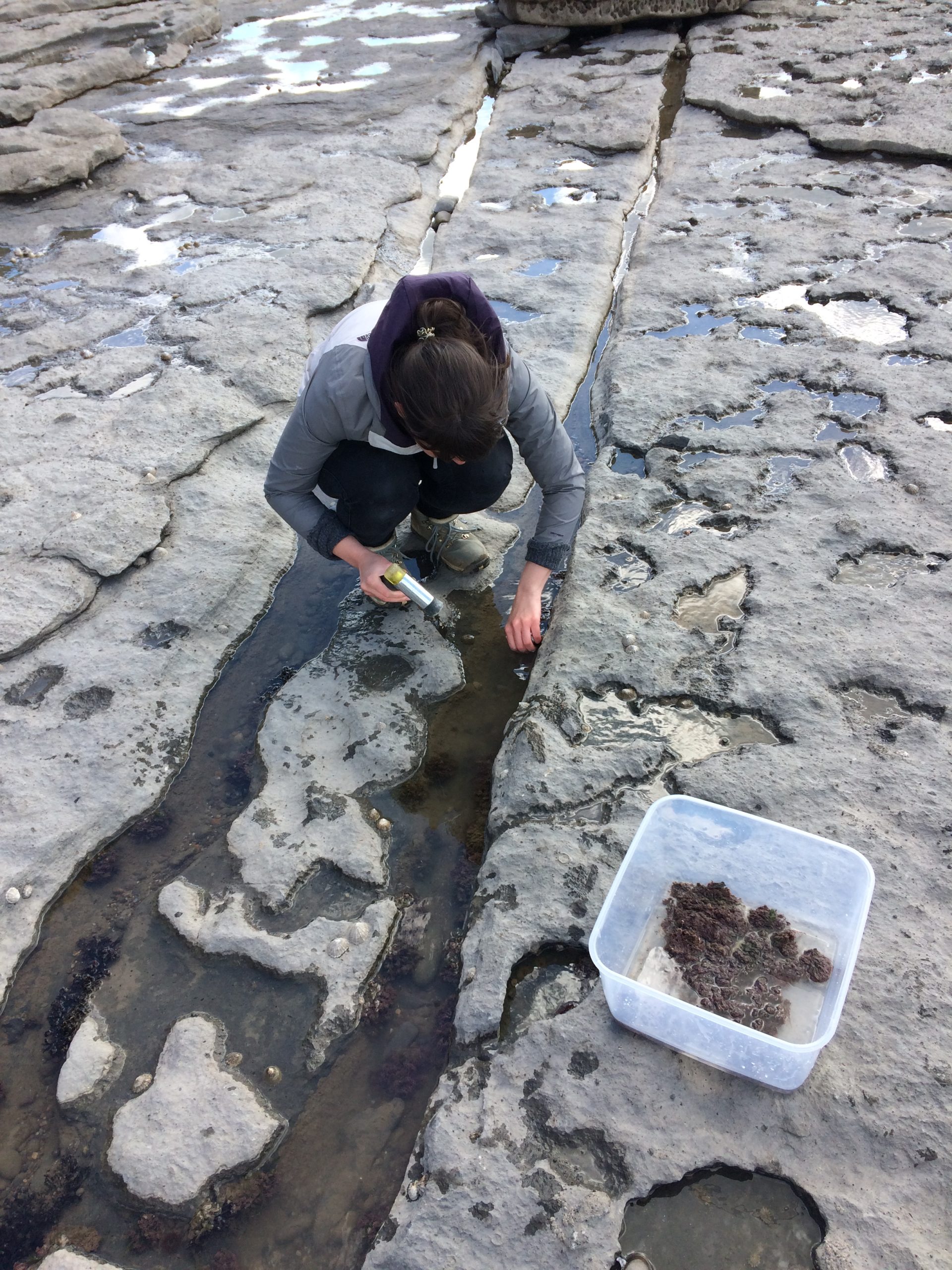Summary:
Here we explore methods of removing CO2 from the atmosphere through the accelerated weathering of minerals, and the environmental consequences, particularly on marine ecosystems.
Funder: NERC-led “Greenhouse Gas Removal from the Atmosphere” programme
Reference Number: NE/P019943/2
Grant: £2,000,000 (consortium led by the University of Oxford)
Duration: 1 Aug 2017 – 24 Aug 2021
Project Partners: the University of Oxford, the University of Southampton, Cardiff University and the University of Cambridge
Description
The Greenhouse Gas Removal by Enhanced Weathering (GGREW) project is a multi-institutional project funded by the NERC-led “Greenhouse Gas Removal from the Atmosphere” programme. The project brings together a multidisciplinary team from the University of Oxford, the University of Southampton, Cardiff University and the University of Cambridge to assess the potential and challenges of removing carbon dioxide from the atmosphere by enhanced weathering.
The project will explore the technological, environmental, economic and social feasibility of using silicate and carbonate materials as a source of cations to remove carbon dioxide from the atmosphere into carbonate minerals and ocean alkalinity. Five specific pieces of research will be undertaken:
- Characterisation of available silicate and carbonate waste material, particularly from mining (quantity, location, mineralogy, geochemistry and grainsize)
- Assessment of the rates of break-down of representative silicate waste material, inorganically, and through microbial acceleration
- Assess mechanisms for engineering approaches to the acceleration of weathering of carbonates and silicates
- Quantify the response of inorganic and biogenic carbonate production in the ocean to increased alkalinity, and the impact of related changes in chemical fluxes to the ocean
- Assess the interaction of enhanced weathering processes with society
- The knowledge gained from this research will be used to inform a life cycle assessment of enhanced weathering and an assessment of the potential scalability of such an approach.
Project Updates:


